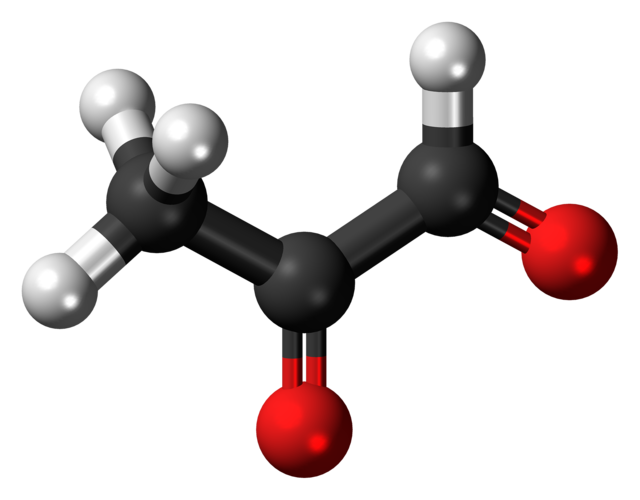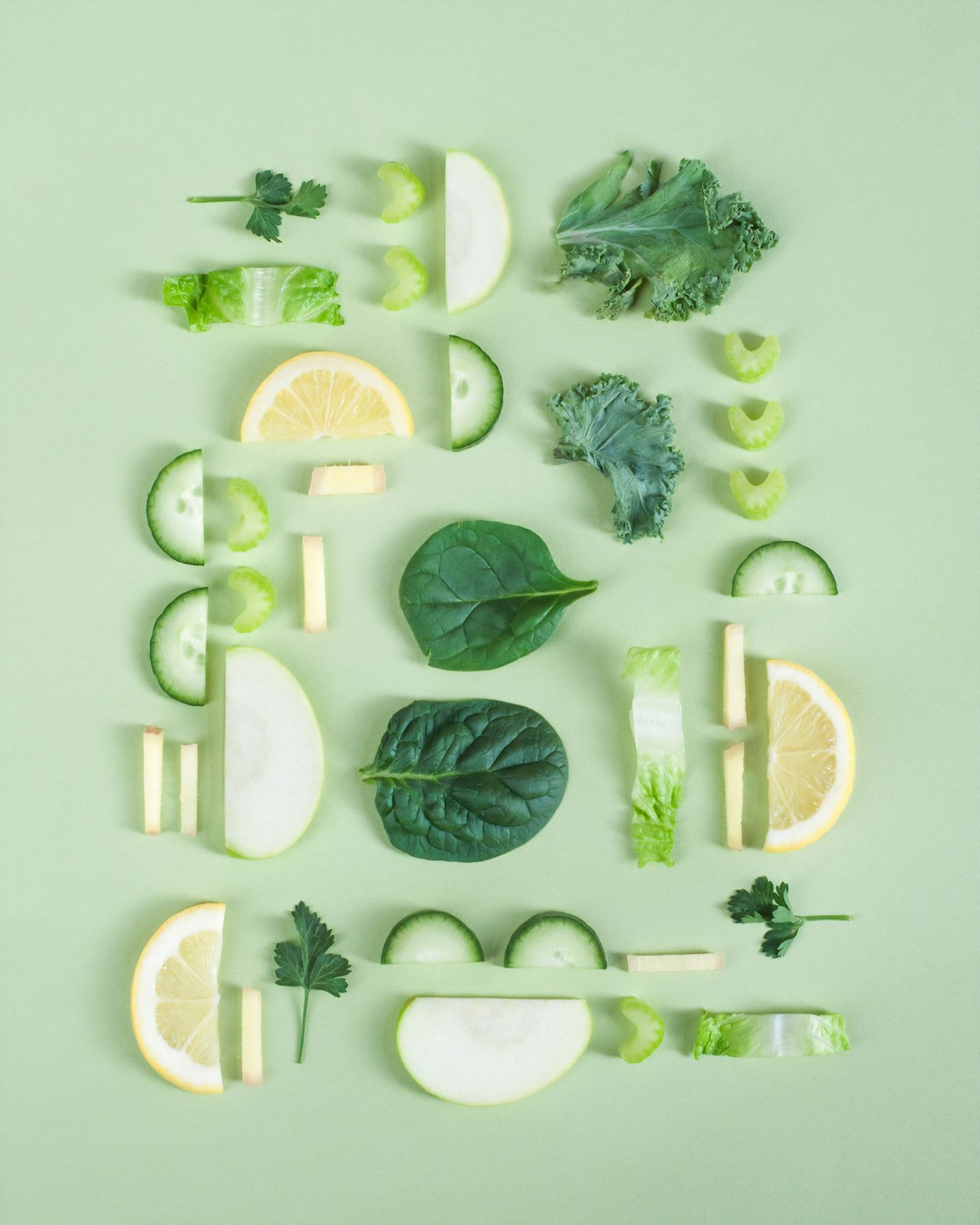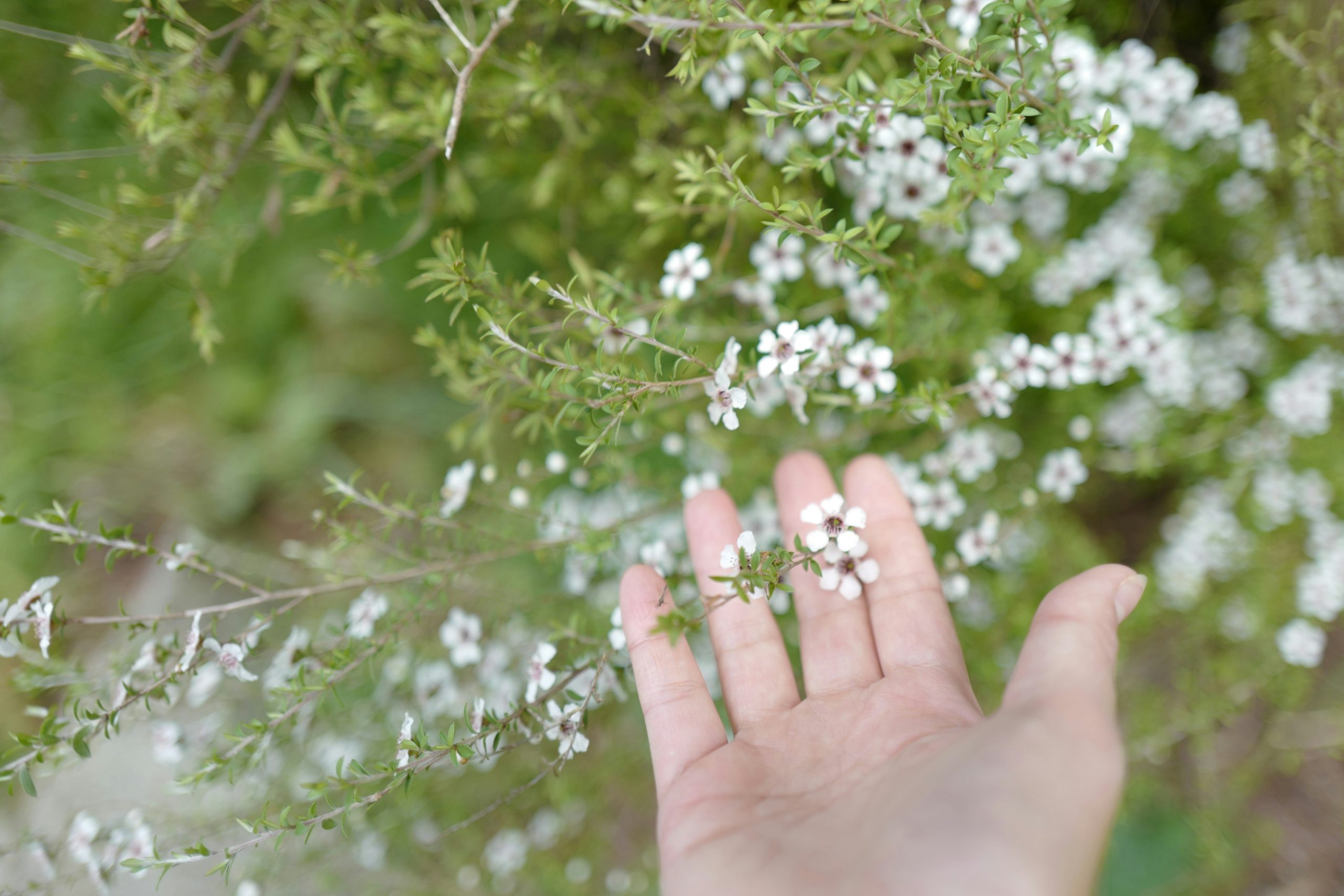
by genesis | Mar 15, 2025 | New Zealand Manuka Honey
Mānuka honey is prized worldwide for its powerful health benefits—but it’s also among the most fraudulently labeled foods globally. New Zealand produces around 1,700 tons of genuine Mānuka honey each year, yet nearly 10,000 tons are sold worldwide, highlighting a significant issue with counterfeit products. To ensure you’re buying authentic Mānuka honey, here are five key ways to verify its quality.
1. Check Certification Labels
Authentic Mānuka honey from New Zealand typically features the NZ Fernmark along with traceability , certification for MGO (methylglyoxal), DHA, and leptosperin, key markers of genuine Mānuka honey. Australian Mānuka should ideally have certification from the Australian Mānuka Honey Association (AMHA). These labels provide strong assurance of authenticity.
2. Verify the Source and Company
Always purchase from reputable brands known for quality, such as Genesis Honey Co. Authentic Mānuka honey originates exclusively from New Zealand or Australia. Be wary of jars labeled ambiguously or stating merely “packed in” without clearly indicating their source. Trusted brands typically provide batch traceability, allowing consumers to verify the exact origin of their honey.
3. Price and Packaging Cues
High-grade Mānuka honey is costly to produce, test, and certify. If you find UMF 20+ honey priced suspiciously low, it’s likely counterfeit. Authentic high-quality Mānuka usually comes in sturdy packaging clearly labeled with UMF or MGO ratings and certification license numbers. The absence of clear grading or unusually vague labeling (such as “Active 15+” without further details) is often a sign of counterfeit or diluted honey.
4. Texture and Taste Test
Authentic Mānuka honey typically exhibits a thick, creamy texture—not runny. Over time, it may naturally crystallize slightly but remains smooth. Real Mānuka honey has a distinctive aromatic flavor profile with herbal undertones and a slightly medicinal or mineral aftertaste. If the honey tastes overly sweet without complexity, it may be adulterated or blended.
5. Lab Test Results or Quality Reports
Reputable producers can provide a Certificate of Analysis (COA) upon request, detailing lab-verified levels of methylglyoxal (MGO) and other essential compounds. Some quality brands include batch-specific QR codes on their labels, linking directly to these lab results. Lack of transparency or refusal to provide such documentation is a significant red flag.
Bonus Tip: Mono- vs Multifloral Mānuka
Check the label carefully. “Monofloral Mānuka” indicates honey primarily sourced from Mānuka flowers, thus offering higher potency. “Multifloral” or unlabeled honeys typically contain lower Mānuka activity and may be less expensive—still real but less potent.
Frequently Asked Questions
How can you tell if Mānuka honey is real?
Look for UMF or MGO certifications, verify the company and origin, consider the price, and evaluate the taste and texture.
Is it true more Mānuka is sold than produced?
Yes, significantly more Mānuka honey is sold globally than produced, leading to counterfeit products.
What is fake honey made of?
Counterfeit honey often contains cheaper syrups (such as rice or corn syrup), or low-grade floral honey mislabeled as Mānuka, sometimes with synthetic methylglyoxal added.
Does real Mānuka honey have unique reactions?
While some suggest “throat tingling” as a test, this isn’t scientifically reliable. Certification and lab testing are far more accurate.
Why Trust Genesis Honey Co.?
At Genesis Honey Co., authenticity is our top priority. We source directly from trusted beekeepers, independently lab-test every batch for purity and MGO content, and guarantee transparency. Our ethical practices ensure you receive genuine, undiluted, premium-grade Mānuka honey.
Conclusion
Knowing how to identify authentic Mānuka honey helps protect your investment and ensures you receive its renowned health benefits. By using these practical tips—and choosing reliable brands like Genesis Honey Co.—you can confidently enjoy pure, genuine Mānuka honey.
Browse our range of lab-tested, high-grade Mānuka honey today!

by genesis | Mar 15, 2025 | New Zealand Manuka Honey
When browsing Mānuka honey jars, you’ve likely noticed labels like “550 MGO” or “700 MGO”—but what does MGO really mean? MGO stands for Methylglyoxal, the naturally occurring compound behind Mānuka honey’s renowned antibacterial properties. This guide demystifies MGO and explains why high levels, like Genesis Honey Co.’s 700+ MGO honey, signify potent health benefits.
Chemistry 101: Understanding MGO
Methylglyoxal is a naturally occurring compound found in various foods but uniquely abundant in Mānuka honey. It develops naturally from dihydroxyacetone (DHA), a compound found in the nectar of the Mānuka flower, maturing within the honey over time. Its discovery by Dr. Peter Molan revealed the mystery behind Mānuka’s exceptional antibacterial activity.
How MGO Powers Antibacterial Action
MGO combats harmful bacteria by interfering with their proteins and DNA, effectively neutralizing them. Unlike traditional honey, Mānuka honey maintains its potency due to MGO’s stability, providing lasting antimicrobial effects. Simply put, if regular honey’s antibacterial power is like a gentle beer, high-MGO Mānuka honey delivers the punch of a fine whiskey—potent and highly effective.
MGO, UMF, and Other Ratings Explained
While UMF (Unique Mānuka Factor) ratings include MGO along with other components like leptosperin and DHA, MGO specifically quantifies the honey’s antibacterial potency. Here’s a quick conversion reference:
- UMF 5 ≈ MGO 83
- UMF 10 ≈ MGO 263
- UMF 15 ≈ MGO 514
- UMF 20 ≈ MGO 829
These metrics help consumers easily gauge the strength and quality of Mānuka honey.
Is Higher MGO Always Better?
Generally, yes—higher MGO levels (like 700+) signify stronger medicinal properties, particularly useful in wound care or infection management. For daily wellness, moderate MGO levels around 250+ may suffice. Ultra-high MGO honeys like Genesis’s 700+ are designed for maximum therapeutic benefits, though they may exhibit a stronger, more medicinal flavor profile due to concentration.
Validating MGO Levels
Authenticity is critical. Trustworthy companies rigorously test each honey batch for accurate MGO content, ensuring consumer confidence. Beware of synthetic MGO additives used by unscrupulous sellers. Genuine, certified Mānuka honey provides natural, potent antibacterial effects.
Frequently Asked Questions
Is MGO the same as UMF?
Not exactly. MGO measures the specific antibacterial compound, whereas UMF provides a broader quality rating that includes MGO and additional markers.
What level of MGO is beneficial?
For everyday health, MGO 100+ is sufficient. For enhanced health support, aim for 250+. Therapeutic uses often call for 500+ or higher.
Does Mānuka honey with 100 MGO have benefits?
Yes, it offers mild antibacterial benefits above regular honey, suitable for daily wellness rather than targeted medicinal use.
Why not take pure Methylglyoxal directly?
Pure MGO alone would be harsh and potentially unsafe. Mānuka honey naturally delivers MGO alongside beneficial nutrients, making it safe and effective.
Why Choose Genesis Honey Co.?
Our 700+ MGO Mānuka honey is rigorously tested, often surpassing the minimum potency standard. We prioritize transparency, ensuring you receive the highest quality honey with proven health benefits.
Conclusion
“MGO is the magic in Mānuka.” When choosing high-MGO honey, you’re investing in an exceptional, naturally potent resource unique to genuine Mānuka honey. Always check the MGO number—especially ours—to experience the real difference.
Experience authentic, high-potency Mānuka honey—shop Genesis Honey Co. today!

by genesis | Mar 15, 2025 | Manuka Honey Recipes, Mānuka Honey Skin Health, New Zealand Manuka Honey
For centuries, indigenous communities in New Zealand and Australia have revered the thick, golden nectar harvested from the tea tree (Mānuka) bush for its extraordinary healing properties. Today, modern science has validated this ancient wisdom, placing Genesis Honey Co.’s 700+ MGO Mānuka honey at the forefront of natural medicine.
Historical and Traditional Uses
The Māori of New Zealand traditionally used the Mānuka plant extensively for medicinal purposes, harnessing its bark and leaves to treat wounds and infections. With the introduction of European honeybees, the therapeutic value of the honey itself was quickly recognized. Similarly, Aboriginal Australians have long practiced bush medicine, utilizing honey from native bees for wound care and soothing ailments. Even Captain Cook’s crew brewed “tea” from Mānuka leaves, giving rise to its nickname “tea tree.”
In traditional medicine across cultures, Mānuka honey was valued for its ability to treat wounds, soothe sore throats, and remedy various skin infections, long before its mechanisms were scientifically understood.
Rediscovery and Modern Research
Mānuka honey’s global fame surged in the 1980s with groundbreaking research by Dr. Peter Molan at the University of Waikato. Dr. Molan uncovered the honey’s unique non-peroxide antibacterial activity, attributed primarily to methylglyoxal (MGO). This sparked decades of rigorous scientific inquiry.
By the late 20th century, Mānuka honey had become a medically accepted substance, leading to standardized measures like the Unique Mānuka Factor (UMF) rating. Hospitals began using licensed wound-care products such as Medihoney, solidifying its legitimacy in mainstream medicine.
Current Scientific Evidence
Today, numerous laboratory and clinical studies confirm Mānuka honey’s efficacy in wound healing, managing coughs, treating ulcers, and even promoting oral health. Recent research explores its potential benefits for chronic rhinosinusitis, reducing mucositis in cancer patients, and assisting in cystic fibrosis treatments alongside antibiotics. However, it is important to recognize the limits of these studies—claims such as curing cancer remain scientifically unsubstantiated.
Modern Applications in Natural Medicine
Many integrative medicine practitioners advocate using Mānuka honey for:
- Wound Care: Proven effective for minor wounds, diabetic ulcers, and skin infections, with medical supervision.
- Digestive Support: Complementary therapy for minor gastrointestinal issues and soothing sore throats.
- Veterinary Applications: Increasingly popular among veterinarians and pet owners for treating animal wounds and infections naturally.
These applications illustrate Mānuka honey’s broad versatility, making it a valuable component in contemporary natural medicine.
Authenticity Challenges
Mānuka honey’s popularity led to issues with authenticity and fraudulent products. Recent collaborative agreements between New Zealand and Australia aim to protect and certify authentic Mānuka honey, ensuring consumers receive genuine products.
Genesis Honey Co.’s Commitment
Genesis Honey Co. bridges traditional wisdom and scientific validation. Our honey is ethically sourced, minimally processed, and rigorously tested, preserving the beneficial properties that ancient healers prized and modern science measures. We remain committed to sustainability, community engagement, and supporting ongoing scientific research.
Frequently Asked Questions
What did indigenous people use Mānuka honey for?
Traditionally, Mānuka plant extracts and honey were used for wound healing, skin care, and soothing sore throats.
When was Mānuka honey discovered?
Mānuka honey gained international scientific recognition in the 1980s due to Dr. Peter Molan’s pioneering research.
Why is Mānuka honey famous today?
Its scientifically confirmed unique antibacterial properties and widespread medical applications contribute to its global fame.
Is Mānuka honey real or a hoax?
Authentic Mānuka honey is scientifically validated and effective. Skepticism arises mainly from counterfeit or low-quality products.
Conclusion
From indigenous healers to modern medical researchers, Mānuka honey represents a remarkable convergence of traditional knowledge and contemporary science. Genesis Honey Co. proudly continues this legacy, offering pure, authentic Mānuka honey to enhance your health and wellbeing.
Explore authentic Mānuka honey—shop Genesis Honey Co. today!

by genesis | Mar 15, 2025 | Mānuka Honey Skin Health, New Zealand Manuka Honey
Genesis Honey Co.’s 700+ MGO Mānuka honey is renowned not only for its health benefits but also for its versatile use in daily life. If you’ve wondered how best to incorporate this superfood into your routine, here are ten creative and easy ways to enjoy Mānuka honey every day.
1. Straight Off the Spoon in the Morning
Kickstart your day by consuming one teaspoon of Mānuka honey on an empty stomach. Many wellness experts believe it supports gut health and boosts energy levels naturally.
2. Enhance Your Tea or Warm Lemon Water
Stir Mānuka honey into your favorite herbal tea or warm lemon water (avoid boiling temperatures to preserve beneficial enzymes). It’s perfect for daily detoxification or soothing relaxation.
3. Natural Toast or Oatmeal Topping
Replace processed jams or sugary toppings by spreading Mānuka honey on whole-grain toast, oatmeal, or pancakes. It sweetens naturally and provides extra nutritional benefits.
4. Smoothie Supercharge
Add a spoonful of Mānuka honey to your smoothies or protein shakes. It sweetens naturally and masks the taste of greens in smoothies, while providing additional health benefits.
5. Homemade Dressings & Sauces
Include Mānuka honey in salad dressings, marinades, and sauces. It adds a delightful sweet-savory balance, enhancing dishes like grilled vegetables, chicken, or seafood.
6. Healthy Baking Sweetener
Use Mānuka honey in no-bake recipes such as energy balls, granola bars, and healthy desserts. Although prolonged baking heat can reduce its enzymes, its unique taste remains delightful.
7. Weekly Skincare Ritual
Incorporate Mānuka honey into your skincare routine once weekly. Apply it as a hydrating mask or gentle cleanser, leaving your skin refreshed and glowing.
8. Daily Sore Throat Relief
For minor throat irritations or daily vocal strain, take a teaspoon of Mānuka honey mixed with a dash of cinnamon. This soothing combination maintains throat health.
9. Natural Pre-Workout Boost
Replace artificial pre-workout gels with a teaspoon of Mānuka honey. Its natural sugars and minerals provide a quick, effective energy boost before physical activity.
10. First Aid for Minor Cuts and Burns
Keep a jar handy in your medicine cabinet. Applying a thin layer of Mānuka honey to minor wounds or burns after cooling can speed healing, thanks to its powerful antibacterial properties.
Daily Usage Tips
- Moderation: One to two teaspoons daily is ideal for health benefits.
- Sugar Awareness: For diabetics, integrate honey with fiber-rich foods to balance sugar absorption.
- Optimal Timing: For gut health benefits, consume honey on an empty stomach and wait at least 15 minutes before eating or drinking.
Frequently Asked Questions
What is the best time to take Mānuka honey? Morning for energy or bedtime in tea for immunity; choose according to your preference and purpose.
Do I need to refrigerate Mānuka honey? No, store in a cool, dry place. Refrigeration can accelerate crystallization.
Can I mix Mānuka honey with apple cider vinegar? Absolutely! Mix one tablespoon apple cider vinegar with one teaspoon honey in warm water for digestive health.
How long does Mānuka honey last? Stored properly, it can last years. Crystallization is natural—simply warm gently to restore liquidity.
The Genesis Honey Co. Advantage
Genesis Honey Co.’s ultra-premium 700+ MGO Mānuka honey ensures purity and potency, making every daily spoonful impactful. We encourage regular use so you experience maximum health benefits and superior taste.
Conclusion
Challenge yourself to try one new method this week to incorporate Mānuka honey into your daily life. We’d love to hear how you use your Mānuka honey—share your tips in the comments!
Shop Genesis Honey Co. today and elevate your wellness routine!

by genesis | Mar 15, 2025 | New Zealand Manuka Honey
Mānuka Honey vs. Regular Honey vs. Raw Honey: What’s the Difference?
Mānuka honey often grabs headlines due to its premium price and powerful health benefits—but what sets it apart from regular or raw honey? In this guide, we’ll break down the differences, highlighting why Genesis Honey Co.’s 700+ MGO Mānuka honey stands apart as a unique and powerful natural remedy.
Production and Processing: What Sets Each Honey Apart?
Regular Honey
Regular honey typically blends multiple floral sources and may undergo extensive processing, including pasteurization and filtration, which can strip it of beneficial enzymes and pollen. Often mass-produced, regular honey might contain added syrups or sugars, reducing its health benefits.
Raw Honey
Raw honey is unpasteurized, minimally processed, and contains natural enzymes, antioxidants, and pollen. Its processing preserves healthful components, making it superior to highly processed honey in terms of nutrients and health benefits. It’s also widely available locally, making it accessible.
Mānuka Honey
Originating primarily from the Mānuka bush native to New Zealand and Australia, Mānuka honey is known for its high methylglyoxal (MGO) content, a potent antibacterial compound. Mānuka honey also uniquely contains leptosperin, further authenticating its genuine source and exceptional antibacterial strength. Due to its rarity and limited seasonal availability, Mānuka honey commands a higher price.
Unique Components
- Regular/Raw Honey: Antibacterial mainly due to hydrogen peroxide, produced by the glucose oxidase enzyme.
- Mānuka Honey: Distinctly rich in methylglyoxal (MGO), providing potent antibacterial power effective even against antibiotic-resistant bacteria.
Comparative Health Benefits
| Feature |
Regular Honey |
Raw Honey |
Mānuka Honey (700+ MGO) |
| Taste |
Sweet, mild |
Richer, varies |
Herbal, earthy, slightly bitter |
| Uses |
Sweetener, general wellness |
Antioxidants, allergy relief |
Medicinal use, strong antibacterial effects |
| Price |
$ (Low) |
$$ (Moderate) |
$$$ (Premium) |
| Notable Compounds |
Hydrogen peroxide |
Enzymes, pollen, antioxidants |
MGO, leptosperin, high antibacterial activity |
| Common Uses |
Everyday sweetener |
Wellness, allergies, soothing cough |
Wound healing, immunity, skincare |
Taste & Usage Differences
Regular honey typically has a mild, sweet taste ideal for daily sweetening. Raw honey’s taste profile varies by floral source—often richer and more complex than regular honey. Mānuka honey stands apart with its distinctive earthy flavor, slightly bitter undertones, and herbal notes. It’s often enjoyed straight or paired with robust foods like cheeses and savory dishes.
Price & Value Comparison
- Regular Honey: Economical, widely available.
- Raw Honey: Mid-priced, offering good nutritional value.
- Mānuka Honey: Premium-priced due to rigorous testing, limited seasonal harvest, and high medicinal potency.
Certified Mānuka honey’s cost reflects its intensive verification processes and guaranteed purity, ensuring you receive genuine therapeutic benefits.
Frequently Asked Questions
Is raw honey as good as Mānuka?
Raw honey is beneficial, but Mānuka is uniquely powerful due to its high MGO content, especially effective for antibacterial purposes.
Can I use Mānuka honey in cooking?
Yes, but minimal heat is best. High temperatures might reduce some beneficial enzymes; adding it post-cooking retains most health properties.
What does Mānuka honey taste like?
It has a richer, herbal, slightly bitter flavor compared to standard honey, with deep umami notes.
How much Mānuka honey should I consume daily?
One to two tablespoons daily for health benefits, balancing sugar intake accordingly.
Why Choose Genesis Honey Co.?
Genesis Honey Co. prioritizes purity and potency, ensuring our 700+ MGO Mānuka honey delivers unmatched medicinal quality. Ethically sourced from pristine locations, our honey undergoes meticulous testing to maintain exceptional purity and potency.
Conclusion
Whether used for health, skincare, or gourmet dishes, the unparalleled quality of Genesis Honey Co.’s 700+ MGO Mānuka honey sets it apart. Embrace the power of Mānuka honey and experience its unique benefits firsthand.
Discover the Genesis Honey Co. difference today!





Recent Comments